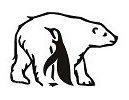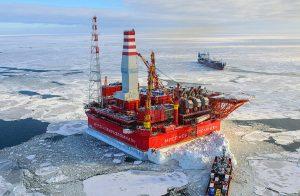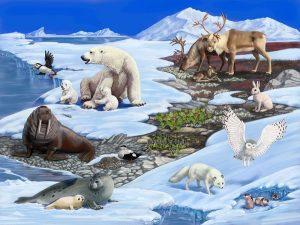
The polar bear lives only in the Arctic among ice and snow, so his fur coat is white. Against the background of snow, it is invisible and allows him to get closer to his prey.
Only the nose and lips of polar bears are black. His fur coat is dense, thick – excellent protection from frost. Shaggy paws are wide: It’s easier to walk in the snow this way. And there are sharp claws on the paws. They are good at digging up snow and holding prey.
Polar bears are lovers of traveling. And not only along the shore: they also swim on ice floes. They are not afraid of cold water. If necessary, they can dive, easily swim from one ice floe to another.
Polar bears hunt seals resting on the edge of ice floes. They will see him and begin to creep up or swim up cautiously. And then they jump, grabbing prey with sharp claws of their front paws.
But sometimes, like a cat at a mouse hole, a bear waits for a seal for a long time at a polynya or at a hole in the ice. In summer, he hunts waterfowl. He will dive carefully, swim up and grab the bird! Of course, hunting is not always successful…
Polar bears often approach a person’s home. And they climb into the place where the products are stored. Polar bears are very strong – they can easily crush a tin can with their paw. So it’s better not to face bears nose to nose…
When winter comes, the bear digs a den in the deep snow. Polar bears do not hibernate in winter, but they sleep a lot. It is in winter, in a snowy den, that cubs are born.
They are covered with warm fur, but they are completely helpless. The mother bear gives them milk, warms them with her body. And in the spring, the grown-up cubs come out of the den. Together with my mother, of course.
They follow her all the time, learn to hunt and be independent. And Mom, of course, protects them from danger. Bear fathers do not take any part in the upbringing of children.
Polar bears are protected, they are listed in the Red Book of Russia.


